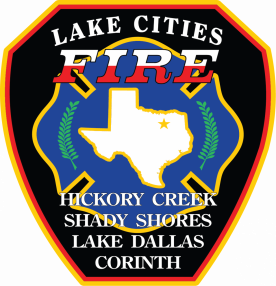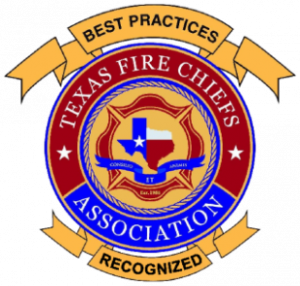Car Seat Safety Information
Motor vehicle injuries are the leading cause of death among children in the United States. Many of these deaths can be prevented. Placing children in age- and size-appropriate car seats and booster seats reduces serious and fatal injuries by more than half.
To help you through the process of finding the right size car seat, installing it correctly, and keeping your child safe, visit Safe Kids website or follow the steps below.
Choosing the right type of car seat.
1. Rear-Facing Car Seat
Birth to 3 Years
- All children under age 1 should ride in a rear-facing car seat.
- Keep your child rear-facing as long as possible—this is the safest position.
- Once your child outgrows the height or weight limit for rear-facing (check your car seat’s manual), they’re ready for the next stage.
Types of Rear-Facing Seats:
- Infant-only seats: Can only be used rear-facing.
- Convertible and all-in-one seats: Can be used rear-facing longer due to higher weight and height limits.
2. Forward-Facing Car Seat
Ages 4 to 7
- Keep your child in a forward-facing car seat with a harness and tether until they reach the seat's maximum height or weight limit
- After outgrowing it, move them to a booster seat—but keep them in the back seat.
3. Booster Seat
Ages 8 to 12
- Use a booster seat until your child is big enough for a seat belt to fit correctly.
A proper seat belt fit means:
- The lap belt rests snugly across the upper thighs (not the stomach).
- The shoulder belt lies across the chest and shoulder (not the neck or face).
- Your child should continue to ride in the back seat for safety.
4. Seat Belt
Ages 13 and Up
- Your child can safely use a seat belt alone once it fits properly, using the same lap and shoulder belt guidelines above.
- They should still ride in the back seat whenever possible.
Always follow the instructions provided by your car seat’s manufacturer. If you need help installing your car seat, visit a certified car seat fitting station. Use the NHTSA Car Seat Inspection Finder to locate fitting stations by city or ZIP code.
To check if your child's car seat has been recalled, visit the NHTSA Recall Page.


